Seven Elements of Visual Management: Getting the Right Information at the Right Time
Jim Benson
Your team is always searching for or missing the information that they require to be professionals.
Planning, strategy, quality, customer needs, learning, safety, culture, onboarding, status, problems being solved, emergencies…all generating information that is almost always stuck in some delivery bottleneck or sinkhole.
We search e-mail, reports, Slack, Teams, Jira, Google Docs, Sharepoint, Trello, Asana, which all provide ample hiding places for valuable information.
We search e-mail, reports, Slack, Teams, Jira, Google Docs, Sharepoint, Trello, Asana, which all provide ample hiding places for valuable information.
Why Your Team Makes Lousy Decisions.
This information is required to be professionals. Without this information, people struggle professionally; they are under-informed, make sub-optimal decisions, improve accidentally, do the wrong work at the wrong time, and miss opportunities. We routinely continue down losing paths of action long after the need to pivot is clear.
The more information is hidden, the more we rely on politics and management structures to inform the people doing the work. That very rarely ends well.
In order to make good decisions, do the right work at the right time, and grow professionally, your team requires visual systems to rapidly get the information they need. Visual management highlights the process transparency and reduces unnecessary repetitive questions and improves efficiency. This requires an Obeya, a single place to see the visualizations. We have several articles on Obeya on this site. This article, however, answers a key question:
What Do My Visualizations Need to Do to Be Effective?
Regardless of the type of visualization, you are creating, it needs to provide useful information to the people who need it at the time it is useful with little or no searching. It can’t be buried in Google Docs, a set of pages in your wiki, buried in tasks in your project management system, or one of thirty dashboards in your business intelligence suite. Finding it needs to be rock simple.
For effective visual management, the visualization should be clear, structured, and accessible in order to provide value and serve its purpose.
Once we get that down, the visualizations themselves need to actually do something. We’ve found seven elements of visualizations that effective professionals leverage immediately. Each answer a key question that you have likely heard people you’ve worked with (and yourself) ask in frustration.
For effective visual management, the visualization should be clear, structured, and accessible in order to provide value and serve its purpose.
Once we get that down, the visualizations themselves need to actually do something. We’ve found seven elements of visualizations that effective professionals leverage immediately. Each answer a key question that you have likely heard people you’ve worked with (and yourself) ask in frustration.
What Is Going On? State Information.
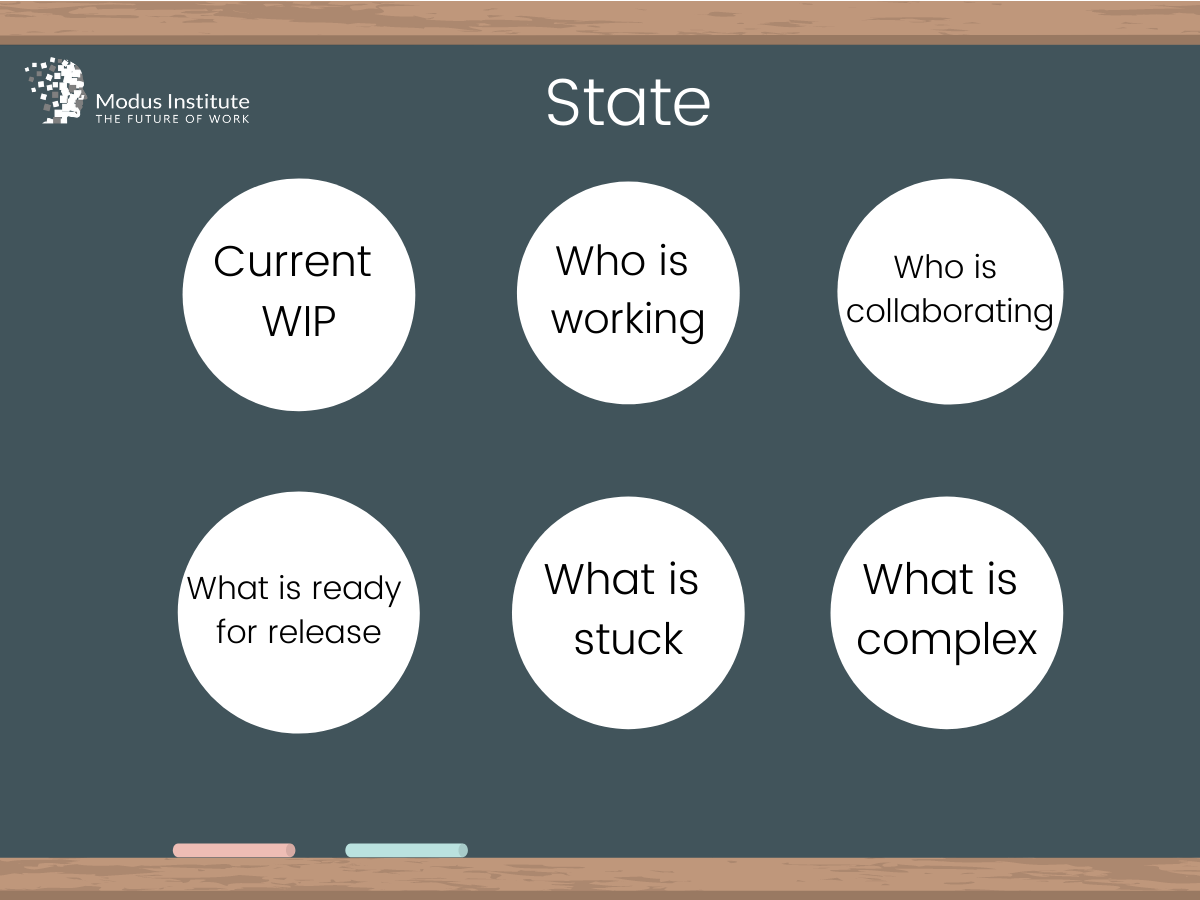
Almost every kanban will answer state information. This is the simplest information with the highest need. Agile teams noticed that we lose track of state information so quickly that they ask people every single day what they are working on. Your visual system must show, in real-time, the state of whatever you are tracking. Think of that system as a channel for communication and collaboration.
One of the main purposes of visual management systems is the ability to share information. Usually, this relates to inputs, outputs, bottlenecks, metrics, etc.
A common problem here is that we often think of the state as “who is doing what”, which is necessary, but information with little context. We also what to know who is collaborating, what is happening outside the team that impacts the work, what work requires additional minds (complexity), what is stuck or in need of additional hands, and so on.
Do not think of the state of your work simply as “Riga is working on it.” That will make Riga a scapegoat and you a victim. Everything your team is tracking is being worked on by your team. Collaborative ownership is crucial to professionalism. In particular, members’ accomplishments and missteps are shared and there is collective accountability.
One of the main purposes of visual management systems is the ability to share information. Usually, this relates to inputs, outputs, bottlenecks, metrics, etc.
A common problem here is that we often think of the state as “who is doing what”, which is necessary, but information with little context. We also what to know who is collaborating, what is happening outside the team that impacts the work, what work requires additional minds (complexity), what is stuck or in need of additional hands, and so on.
Do not think of the state of your work simply as “Riga is working on it.” That will make Riga a scapegoat and you a victim. Everything your team is tracking is being worked on by your team. Collaborative ownership is crucial to professionalism. In particular, members’ accomplishments and missteps are shared and there is collective accountability.
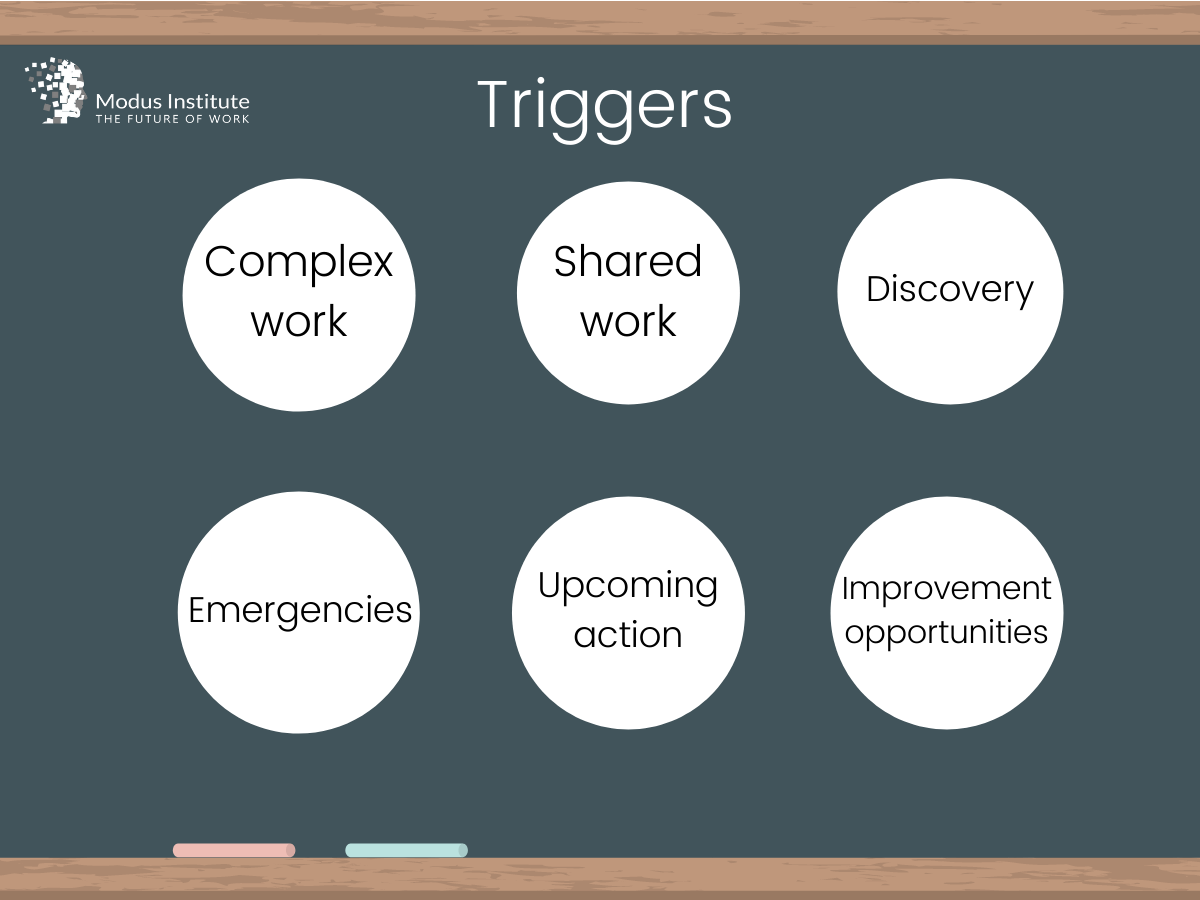
What Needs Me Now? Triggers.
In every team and with every professional, things happen. Every day. Work is more complex than we anticipated, problems arise, other parts of the company suddenly need our help, weird opportunities appear out of nowhere and need to be investigated, people get sick, unplanned work shows up…and we generally handle it. But we don’t handle it well or consistently.
These are actions that are unpredictable in composition but predictable in that we know that something weird will happen often. We tend to react very poorly to these “unexpected” events. Our visual control should trigger professional responses when interruptions arise. This may call one or more people into service of the interruption. In this case, visualization helps to develop a process to manage unexpected events. The visual management system shows it, makes it part of the daily work, and, even if it is inconvenient, makes it less stressful by providing a rational professional response.
We see the trigger to action, and we plan, pivot, or even panic accordingly. Most visual controls miss this element for three reasons. (1) The team hasn’t discussed how they deal with unplanned work or emergencies, (2) the team doesn’t reliably update their visual controls, and (3) the team’s visual control is a wishful thinking mechanism that only shows planned work.
If your visualization does not compel people to act…then it will not compel them to use the visualization in the first place. This is the primary communication of any board. Moving through the board should be definitive and intuitive for each member of the team.
These are actions that are unpredictable in composition but predictable in that we know that something weird will happen often. We tend to react very poorly to these “unexpected” events. Our visual control should trigger professional responses when interruptions arise. This may call one or more people into service of the interruption. In this case, visualization helps to develop a process to manage unexpected events. The visual management system shows it, makes it part of the daily work, and, even if it is inconvenient, makes it less stressful by providing a rational professional response.
We see the trigger to action, and we plan, pivot, or even panic accordingly. Most visual controls miss this element for three reasons. (1) The team hasn’t discussed how they deal with unplanned work or emergencies, (2) the team doesn’t reliably update their visual controls, and (3) the team’s visual control is a wishful thinking mechanism that only shows planned work.
If your visualization does not compel people to act…then it will not compel them to use the visualization in the first place. This is the primary communication of any board. Moving through the board should be definitive and intuitive for each member of the team.

Where Are We Going? Direction.
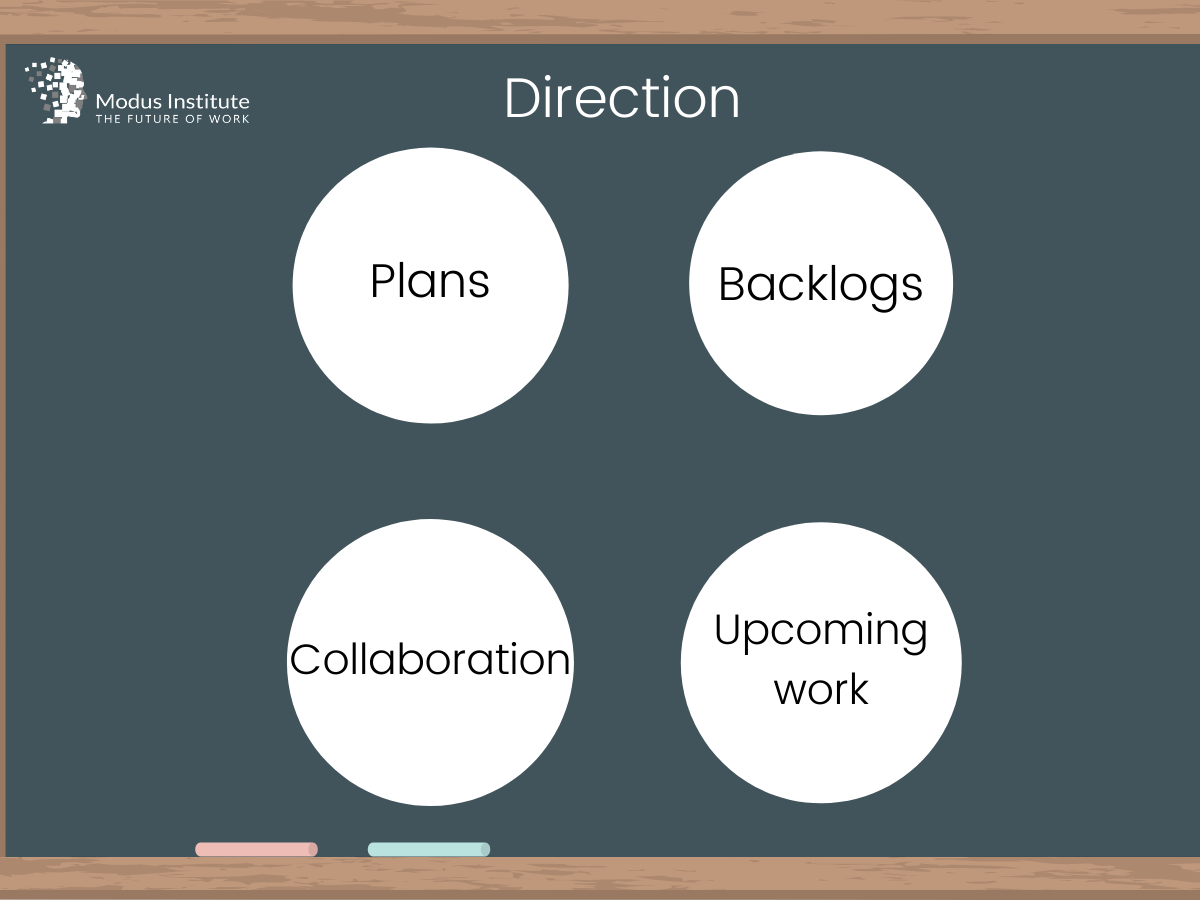
We have plans. We need to plan or we will have no direction. We have a current state and a future state. As we work that future state will change as we learn, but it is still a future state. It has our work scope, our assumed workload, our goals, our estimates, and our desires all wrapped up in a neat package we can call Direction. The use of visual management removes the opportunity to take a wrong turn and non-value actions to be added.
Your visualizations need to have a purpose and convey that purpose to the people looking at them. What are we doing? Where are we going?
Having immediate answers to this gives professionals feedback on their actions, lets them envision what they will do in the near future, and ground their experiments in things that are conducive to completing the work at hand.
Your visualizations need to have a purpose and convey that purpose to the people looking at them. What are we doing? Where are we going?
Having immediate answers to this gives professionals feedback on their actions, lets them envision what they will do in the near future, and ground their experiments in things that are conducive to completing the work at hand.
Where Have We Been? What Have We Learned? Narrative.
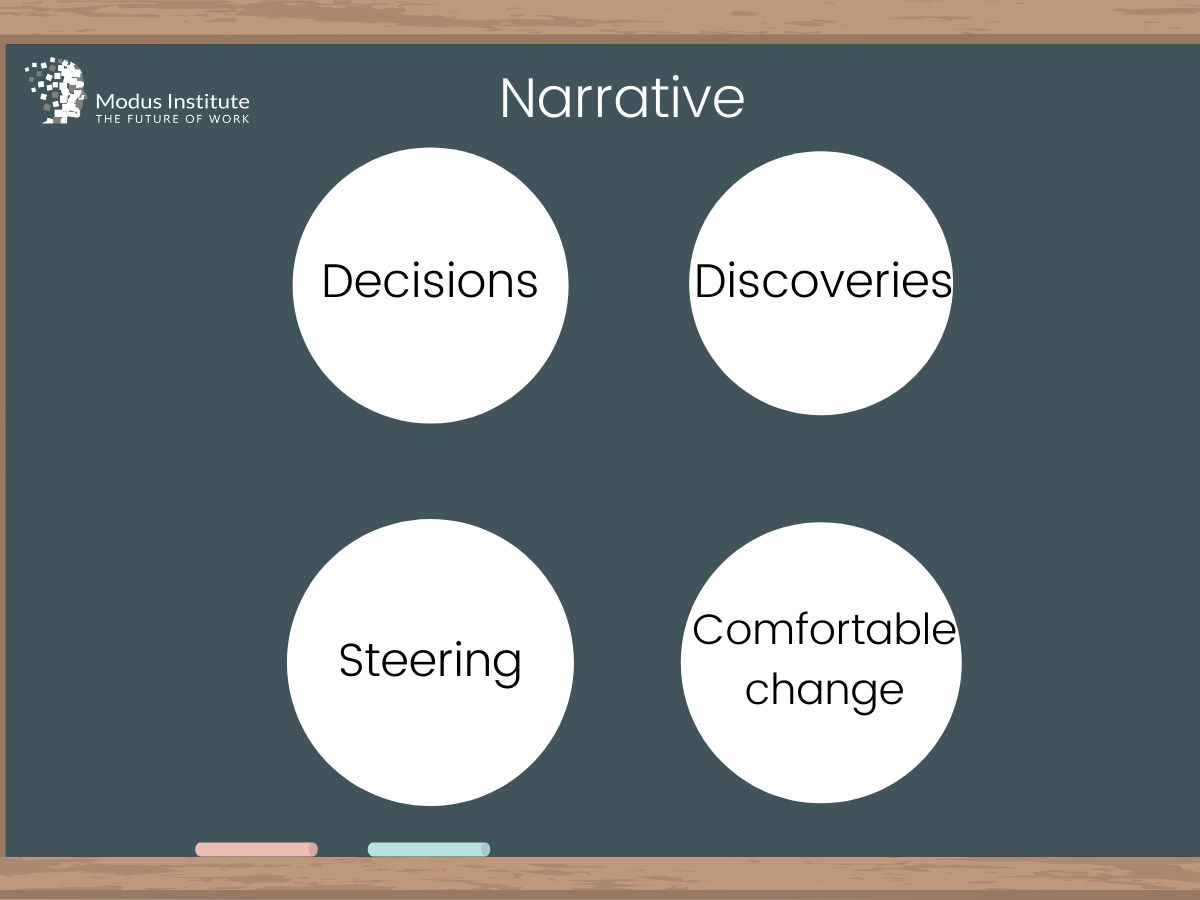
It is painful how many teams learn things, solve problems, or make really great decisions and then instantly forget that it ever happened. Quite often we end up showing teams… “You see what you did here? This was cool and important. You need to do it again and again and again.
When we do something innovative in the office, it often just feels like "common sense" or "the thing to do" and we move on. We get closure. And we forget. Then, the next time the same problem comes up, we go through the same convoluted process to learn the same thing again.
Narrative in our visual management systems captures (hopefully because it was triggered) that learning, improvement, or something awesome has happened, that the course of the project has subtly or radically changed, and forces us to remember how that happened. This is extremely useful when you need to describe to someone who wasn’t part of the project why course corrections happened.
Think of how many times you’ve been late with extremely good reasons and end up apologizing for being late, rather than being able to boast about how the project is so much better off or dealt effectively with a specific problem or event.
If the project does not visualize this learning, the learning will not happen and the value from it will not only disappear, it may well become a liability.
When we do something innovative in the office, it often just feels like "common sense" or "the thing to do" and we move on. We get closure. And we forget. Then, the next time the same problem comes up, we go through the same convoluted process to learn the same thing again.
Narrative in our visual management systems captures (hopefully because it was triggered) that learning, improvement, or something awesome has happened, that the course of the project has subtly or radically changed, and forces us to remember how that happened. This is extremely useful when you need to describe to someone who wasn’t part of the project why course corrections happened.
Think of how many times you’ve been late with extremely good reasons and end up apologizing for being late, rather than being able to boast about how the project is so much better off or dealt effectively with a specific problem or event.
If the project does not visualize this learning, the learning will not happen and the value from it will not only disappear, it may well become a liability.
Why Is My Team a Team? Culture.
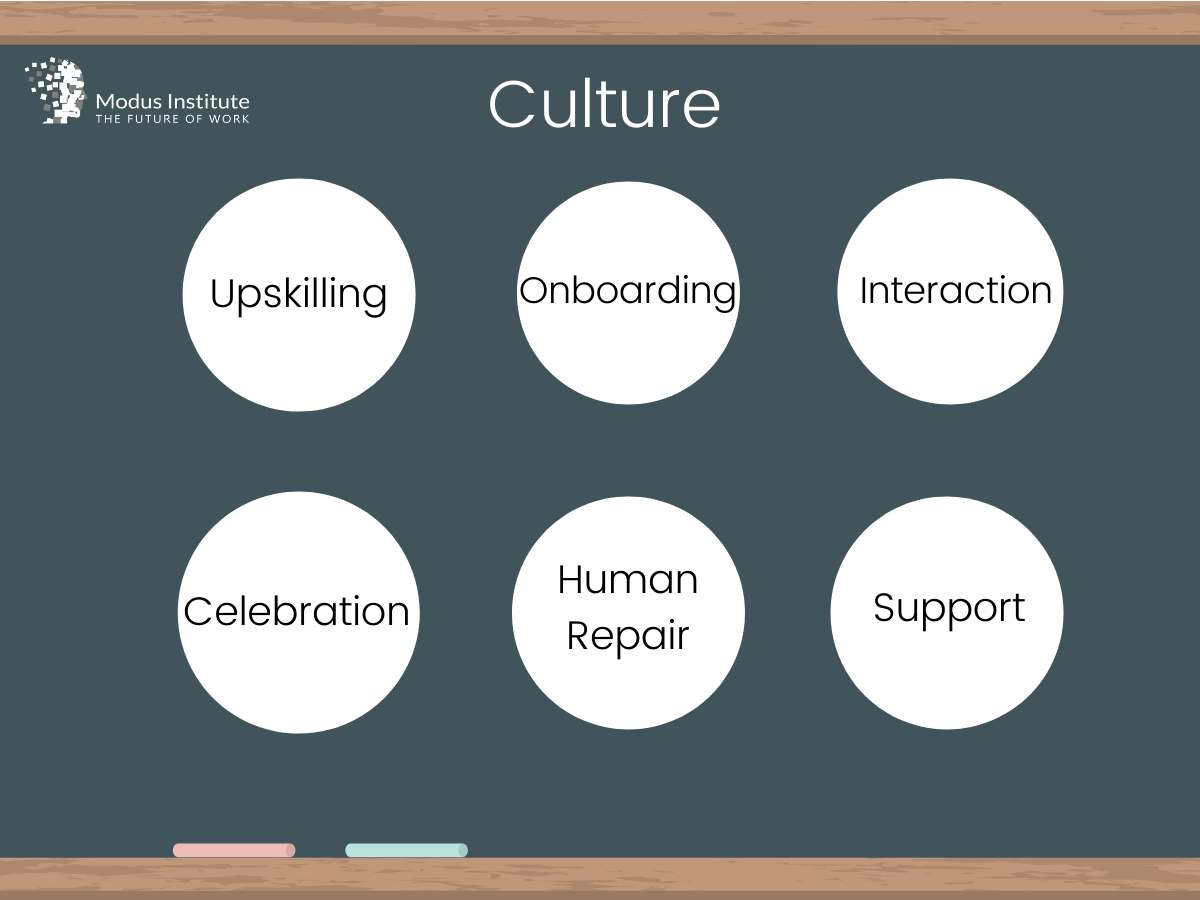
Individuals work in teams to create value. We have to work together and we have professional needs as a group and as individuals. Your culture is the engine that maintains the professionals on your team.
Your culture drives how you invite new people in (onboard), maintain the people once they are there (support), improve each other (upskilling), understand and enjoy each other’s strengths (collaborate), and know each other personally (to celebrate and repair when necessary).
If you don’t visualize how you interact, you will be doomed to the same arc of any tacit relationship: ignorance, assumptions, strong assumptions that feel like knowledge, busting of assumptions, annoyance, and distance. Toxicity builds in your culture because you haven’t defined the culture and people simply miss opportunities to help each other. That creates gaps in relationships that are very hard to bridge. The way you manage the visualization should encourage and support the team communication by clear mapping of the onboarding, support, upskilling and collaborative processes.
Culture is almost never considered when creating a visual control and it is the number one reason they are often abandoned. Culture is relevance. Ask your team what they need to be a calm, reliable, improving group of professionals. Then visualize a system to give them that.
Your culture drives how you invite new people in (onboard), maintain the people once they are there (support), improve each other (upskilling), understand and enjoy each other’s strengths (collaborate), and know each other personally (to celebrate and repair when necessary).
If you don’t visualize how you interact, you will be doomed to the same arc of any tacit relationship: ignorance, assumptions, strong assumptions that feel like knowledge, busting of assumptions, annoyance, and distance. Toxicity builds in your culture because you haven’t defined the culture and people simply miss opportunities to help each other. That creates gaps in relationships that are very hard to bridge. The way you manage the visualization should encourage and support the team communication by clear mapping of the onboarding, support, upskilling and collaborative processes.
Culture is almost never considered when creating a visual control and it is the number one reason they are often abandoned. Culture is relevance. Ask your team what they need to be a calm, reliable, improving group of professionals. Then visualize a system to give them that.
What Do We Need to Be Professionally Satisfied with Our Work? Professionalism.
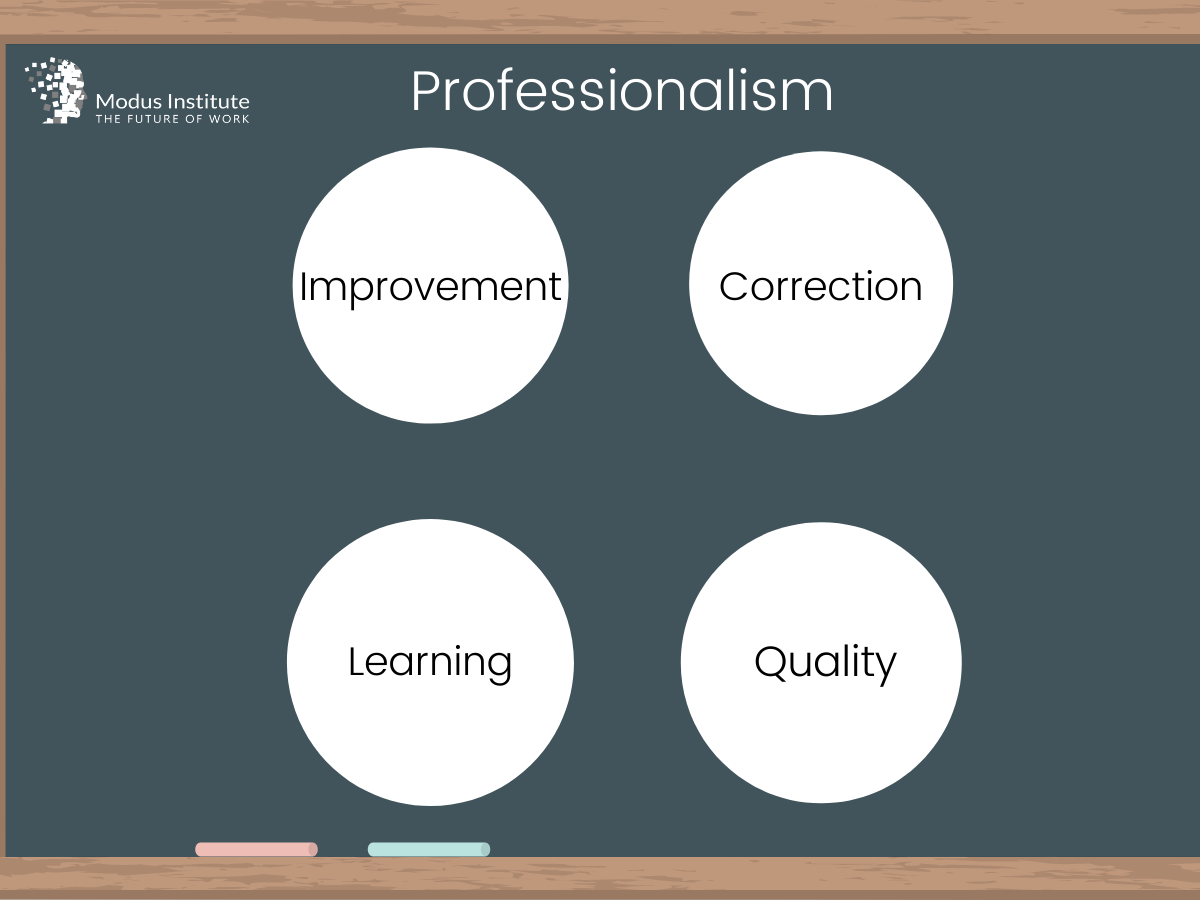
Professionalism is something we see as a solo sport. We have annual reviews that punish our apparent lack of professionalism, but rarely do we set up systems to ensure that professional work is actually done. Professionals work in teams to create value. We would all like our teams to be “high performing”. What we usually mistake for high-performing teams are simply teams working under inhumane and unprofessional conditions. They are graded on productivity (doing tons of stuff), but not on effectiveness (doing the right stuff at the right time in the right way).
Every team needs an understanding of the work, the market, and the contexts of their delivery. This requires them to have all the information listed above and then be able to see how they are actively translating that into quality work that they can be proud of. This cannot happen without course corrections, learning, and improvement. This is part of daily work but these are also things that can be tracked in various ways over time (defect rate, customer satisfaction, team satisfaction, new innovations, etc.)
If your team is not engaged in continuous improvement or if your team accepts work blindly from “managers” then they are underutilized professionally and they will leave when they get the chance or remain and do progressively less work. This isn’t because they are lazy or need to be coddled…quite the opposite. It’s because they aren’t being allowed to achieve the impact they know they are capable of.
Another of the main purposes of visual management is to reveal the bottlenecks that cry for improvement. Measuring and tracking via boards and systems will specify the information the team needs to improve. Visualizations must clearly show the relationship of work to quality and the improvement of that quality through shared learning by the entire team. That information must be used by the professionals quickly to keep it relevant and professionally invigorating.
Every team needs an understanding of the work, the market, and the contexts of their delivery. This requires them to have all the information listed above and then be able to see how they are actively translating that into quality work that they can be proud of. This cannot happen without course corrections, learning, and improvement. This is part of daily work but these are also things that can be tracked in various ways over time (defect rate, customer satisfaction, team satisfaction, new innovations, etc.)
If your team is not engaged in continuous improvement or if your team accepts work blindly from “managers” then they are underutilized professionally and they will leave when they get the chance or remain and do progressively less work. This isn’t because they are lazy or need to be coddled…quite the opposite. It’s because they aren’t being allowed to achieve the impact they know they are capable of.
Another of the main purposes of visual management is to reveal the bottlenecks that cry for improvement. Measuring and tracking via boards and systems will specify the information the team needs to improve. Visualizations must clearly show the relationship of work to quality and the improvement of that quality through shared learning by the entire team. That information must be used by the professionals quickly to keep it relevant and professionally invigorating.
What Is Our Influence? What are our Boundaries? What are we capable of? Identity.

This is much deeper than meets the eye. We spend a lot of time in our Visual Management class discussing this. Here I’ll just focus on the zones of control and spheres of influence. Teams always, as is the nature of groups, create an identity that is insular. Exclusive. The more confusion there is about the importance of the goals of the team, the more confusion the team will have about when to reach out to other teams to provide or request help.
This creates a silo. We, humans, create silos very quickly, which is a shame because they instantly become barriers to the flow of information, energy, and possibility. They add impedance to your company’s systems, raise costs, and create unnecessary political layers on top of already misunderstood workflows.
This is a bad thing.
Your visual controls, therefore, should not be focusing exclusively on your work, but should always be looking at ways to share your expertise with other groups and to collaborate with them when the work requires it. If you have a problem with the workflow that you are calling “dependencies”, then you are suffering from siloed behaviors. The moment you say ”dependency” you are costing time, money, and expertise.
If the team truly understands what the company needs (the identity of the company), what the team needs (identity of the team), and what they need as individuals (professional identity), they will also know what they can and can’t do to help others. Your visual controls need to look for not just bottlenecks in workflow, but in information flow, collaboration flow, value delivery….
This part of visualization must intentionally point out opportunities to make your team something other than another silo.
This creates a silo. We, humans, create silos very quickly, which is a shame because they instantly become barriers to the flow of information, energy, and possibility. They add impedance to your company’s systems, raise costs, and create unnecessary political layers on top of already misunderstood workflows.
This is a bad thing.
Your visual controls, therefore, should not be focusing exclusively on your work, but should always be looking at ways to share your expertise with other groups and to collaborate with them when the work requires it. If you have a problem with the workflow that you are calling “dependencies”, then you are suffering from siloed behaviors. The moment you say ”dependency” you are costing time, money, and expertise.
If the team truly understands what the company needs (the identity of the company), what the team needs (identity of the team), and what they need as individuals (professional identity), they will also know what they can and can’t do to help others. Your visual controls need to look for not just bottlenecks in workflow, but in information flow, collaboration flow, value delivery….
This part of visualization must intentionally point out opportunities to make your team something other than another silo.
The Seven Elements of Visual Management
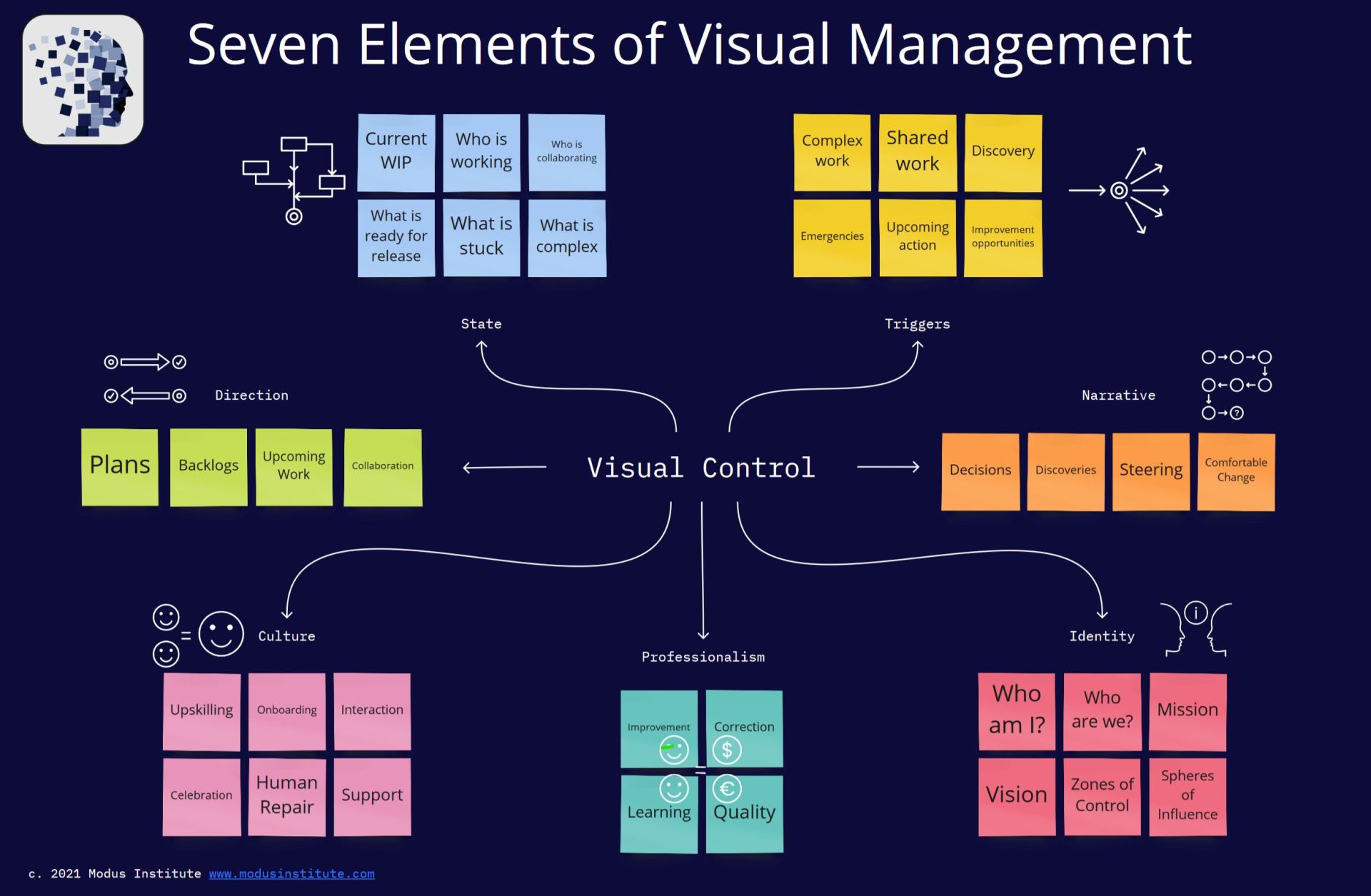
Regardless if it’s a Lean, Kanban, Agile, Six Sigma, or whatever visual management system, it must be useful. It must meet the needs of operations, strategy, culture, and the professionals using it. I know that sounds like a lot, but it really isn’t. We’re just not asking the right questions. We assume that other people’s templates will solve our problems, but those templates spoke to other teams' needs in other places and other industries.
Every day, we have challenges to overcome. We are usually fairly successful, but we don’t know it. We forget our wins, silo our teams, and slowly write the scripts of our own mediocrity. In our Lean Agile Visual Management class, we gather people from around the world, study visual management together, but more importantly, we listen to the weird problems and contexts of the other people in the class. We help them solve their weird problems or piece out their cultures and gain insight into our own.
The world of work is varied and fascinating, the world of management tools is specialized and limiting. These seven elements are designed to help people build their own systems that meet their unique and temporal needs.
Every day, we have challenges to overcome. We are usually fairly successful, but we don’t know it. We forget our wins, silo our teams, and slowly write the scripts of our own mediocrity. In our Lean Agile Visual Management class, we gather people from around the world, study visual management together, but more importantly, we listen to the weird problems and contexts of the other people in the class. We help them solve their weird problems or piece out their cultures and gain insight into our own.
The world of work is varied and fascinating, the world of management tools is specialized and limiting. These seven elements are designed to help people build their own systems that meet their unique and temporal needs.
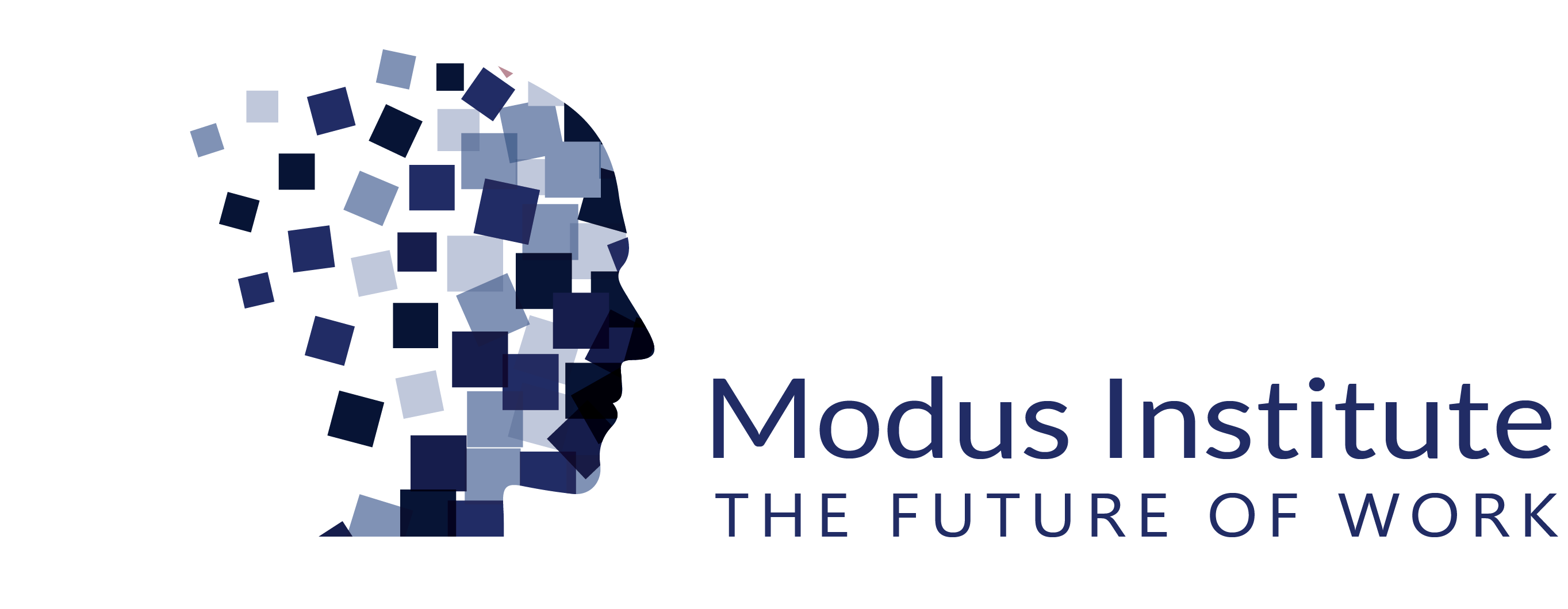
We are an online educational platform that helps professionals and aspiring individuals to succeed in their goals.
Featured links
Copyright © 2025